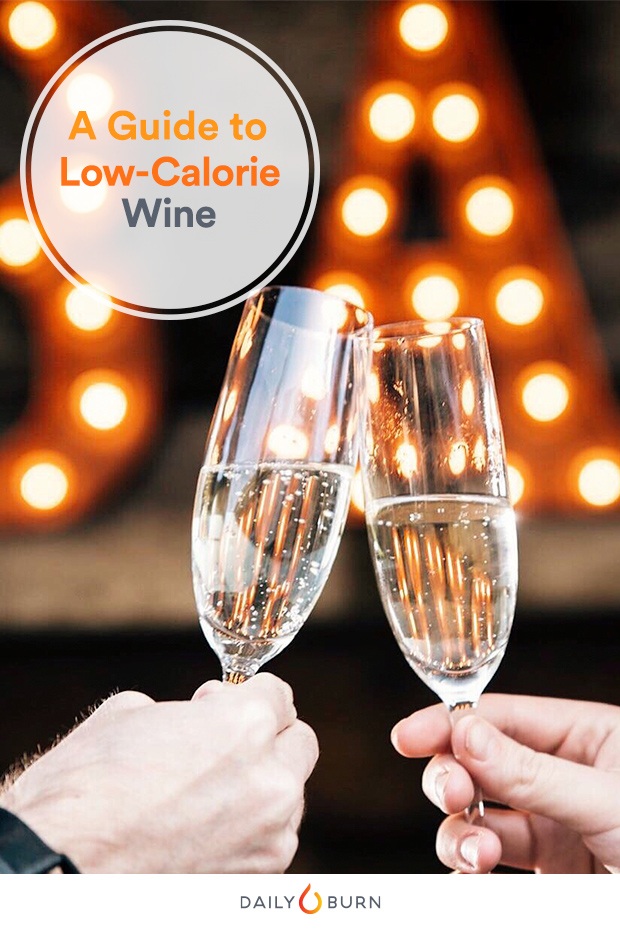
Photo: Twenty20
It’s the most wonderful time of the year. And the most spirited, too! Whether you’re attending an office soiree or a fete with friends, it’s likely that your holiday party will include alcohol, and lots of it. So should you imbibe?
“The benefits of moderate alcohol consumption — one to two drinks per day — aren’t really expected or easy to explain, but they are very much proven,” says Emanuel Rubin, M.D., distinguished professor of pathology, anatomy and cell biology at Thomas Jefferson University in Philadelphia, who has been researching alcohol’s effects on the body since 1964.
“While there are many who disagree, my findings and reviews conclude that a glass of wine, a bottle of beer or an ounce and a half of liquor each day might just reduce your risk for heart attacks and coronary heart disease, protect against diabetes, slow bone loss and lead to later onset of Alzheimer’s disease and dementia,” Dr. Rubin adds.
RELATED: From Wine to Whiskey: 7 Surprising Health Benefits of Alcohol
Still, despite the benefits of consuming antioxidant-rich wine, remember that your glass packs anywhere from 125 to 175 calories. (Alcohol contains seven calories per gram, compared to four for carbohydrates and protein and nine for fat.) For this reason — and a host of others, including the hangover you’ll want to avoid the next day — moderation is key. Also helpful: Opting for a lower calorie (read: lower sugar content) vino. Here’s how.
Your Ultimate Guide to Finding Low-Calorie Wine
1. Get bubbly.
If you want to cut back on sugar, look for “brut” (dry) on the label. Depending on the growing region, fizzy options, like champagne, cava, prosecco or sparkling wine are about 110 calories per flute. Bonus: The tall, skinny glass they’re normally offered in makes the serving seem larger than it might in a large, globe-like vessel.
2. Keep an eye on the alcohol level.
Watch out for the ABV (alcohol by volume) percentage. The higher that number, the more calories your glass will contain. Aim for percentages around nine to 13 percent rather than boozier options in the 14 to 17 percent range. Lower ABV options include Riesling, Sauvignon Blanc, Vinho Verde, Beaujolais and any of the sparkling wines mentioned above.
3. Go dry.
The sweetness and amount of sugar in wine can actually be related to the alcohol level — but not always. Just like yogurt, granola bars and sports drinks, wineries are allowed to add sugar to wine to balance out the flavors. Laws in certain regions regulate if and how much sugar can be mixed in — a process called chaptalization. Wine makers aren’t required to disclose if sugar has been added to your bottle during fermentation, but if you stick with the drier varieties, it’s more likely that there will be less (or no) sugar added.
RELATED: 8 Delicious Seafood Recipes Plus Wine Pairings
4. Look for a where the wine was made.
The growing climate impacts more than just how many layers vineyard owners must wear while harvesting. At cooler temperatures, grapes don’t ripen as much as they do at warmer temperatures. That means less sugar and less potential alcohol is found in wines from chillier areas. Some “skinny” spots include Oregon, Washington, Chile, South Africa and Germany.
5. Pour something you really like.
This one’s simple. Uncork a bottle of a vino you adore, and you’ll be satisfied with a smaller pour. Sip as a sommelier would: slowly, noticing the color, smell and flavors of the wine. You’ll feel like you’ve had a #treatyoself moment in just one glass. That’s the recommended serving size for women anyway, according to the Centers for Disease Control and Prevention (and for men’s it’s around two glasses).
6. Pair like a pro.
Similarly, pairing your wine with your menu properly results in the most pleasure per calorie. When in doubt, pair dishes inspired by a particular country or region with wine from that country, and you’ll be off to a good start. (Think: chianti and pasta with marinara sauce). Another strategy: Opt for reds to stand up to the strength of heartier meats and rich flavors, and whites for a pleasant complement to lighter fare. And if you’re still unsure, look back to our first point. Bubbles are never wrong!
Originally published December 2016. Updated December 2017.
Read More
5 Hangover Cures to Save You After a Few Too Many
12 Easy Low-Calorie Cocktails with Seltzer Water
Here’s How Many Calories Are in Your Cocktail [INFOGRAPHIC]







































